For the past eight years, Carol and David Hodge have been quietly carrying out work to protect and enhance waterways on their Pikowai dry stock farm. Largely hidden from public view, the extensive plantings, fencing and formation of ponds and detention dams have benefited not just their farm, but also the quality of water flowing into local streams and rivers. While proud of what they have achieved, the couple didn’t seek attention for the work; that was until the barrage of anti-farming rhetoric which hit the media during last year’s general election. “I felt it was important to let the general public know the positive work farmers are doing for the environment,” says Carol. So she and David entered their 200ha family trust farm in 2018 Bay of Plenty Ballance Farm Environment Awards. Outstanding example The panel were impressed with what has been achieved, with judges Ray Hayward, Joanna Carr and Dan Griffin saying: “Overall, water quality on the farm is excellent. All waterways are fenced. Riparian planting on the farm is excellent. The amount of area planted, and the quality of the plantings, is a real stand out. “There is great use of plant species and population. An outstanding example of protection of waterways. “Native plantings are a real strength of this property. The amount of work carried out under the two current Land Environment Plans in eight years is amazing and a real credit to your commitment,” While Carol manages the trust block, David manages the adjoining 240ha partnership farm and looks after repairs and maintenance on both properties. Environmental work is Carol’s passion, and she has found contractors who share her vision, working with them to enhance and protect waterways without compromising farm productivity. Surface flooding “We have worked closely with Environment Bay of Plenty, which has assisted with advice and some of the cost of the projects,” says Carol. “The staff have been excellent to work with.” Craig Crowley carried out earthworks to create ponds and four detention dams to control and slow surface flooding during high rainfall. “Craig and Brandon are real artists in the work they do in the landscape. I give them an outline of what I want to achieve, and they add to and enhance that and then create something both practical and beautiful,” says Carol. The farm runs 650 Coopworth ewes, 925 lambs, 120 Angus breeding cows, 120 calves, 50 rising two-year-old steers, 25 rising two-year-old heifers and 110 one-year heifers. Its contour is steep to rolling with some paddocks flat enough for making supplements. Recent earthworks to contour two paddocks, carried out by Craig and Brandon Crowly, has increased the area available for making winter feed, by Marsh Contracting. Pikowai soils are forgiving in wet weather but, in unfavourable weather conditions, stock is moved off more sensitive areas to avoid damage or soil loss. Neighbourly co-operation Carol is particularly pleased with the effectiveness of the detention dams. “In the past some of these areas would flood up to fence height in heavy rain, but building the dams now controls the water.” The dams are discrete, contoured banks with culverts, and built in flood-prone paddocks to hold back and slow the release of water, reducing erosion and flooding. One dam has been built on a neighbouring property, to help slow water entering areas around the stream which have been fenced out and planted. It’s a great example of co-operation between neighbours to achieve a good outcome for water quality. The largest area of retirement and planting is in a former steep paddock, bounded by a stream, which both the Hodges and the farm’s previous owners found hard to manage. “It is quite swampy at the bottom, and stock often got stuck, or were hard to move from here,” says Carol. Taking it out of production hasn’t reduced stocking numbers on the rest of the farm, but has reduced the hassles. Water supply However, fencing out waterways has put pressure on the farm’s water supply system as stock no longer have free access to streams. Instead, water is pumped from a spring at the front of the farm and reticulated to troughs. The aim is to install a new system, pumping water to reservoirs at the top of the farm, and gravity feeding it to troughs. Although significant parts of the farm have been fenced out and planted, they still need maintaining to ensure young plants survive, and to control weeds and animal pests. It’s work for which there is no financial return, but Carol and David take a much wider view. “We are just caretakers of the land and have an obligation to pass it on in a better condition to the next generation,” says Carol.
Wednesday, May 08, 2024
Posted: 9:34am Tuesday 13 Feb, 2018 | By Elaine Fisher elaine@thesun.co.nz
Detention dams – simple but so effective
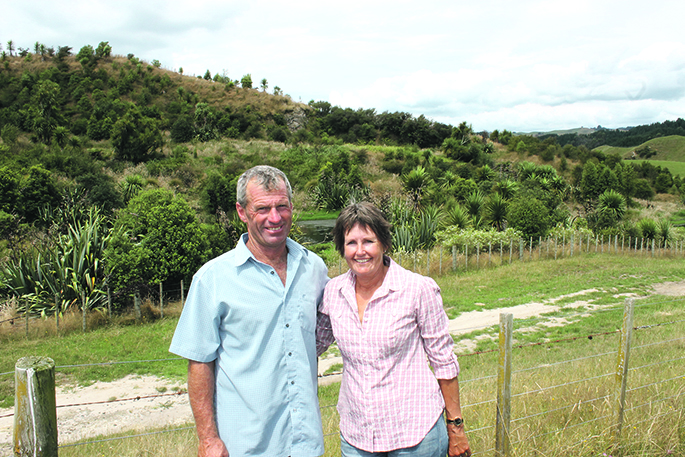
David and Carol Hodge and the former stumpy and steep paddock, now planted out in natives.


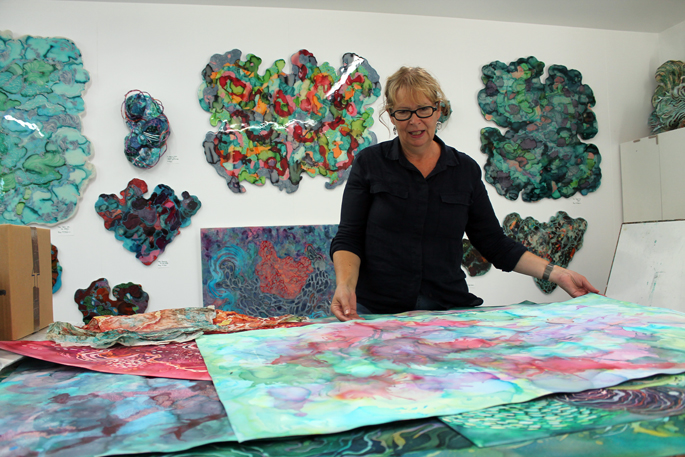
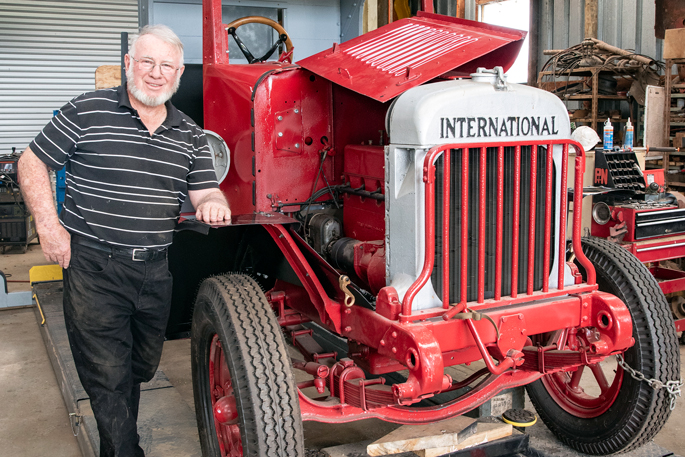
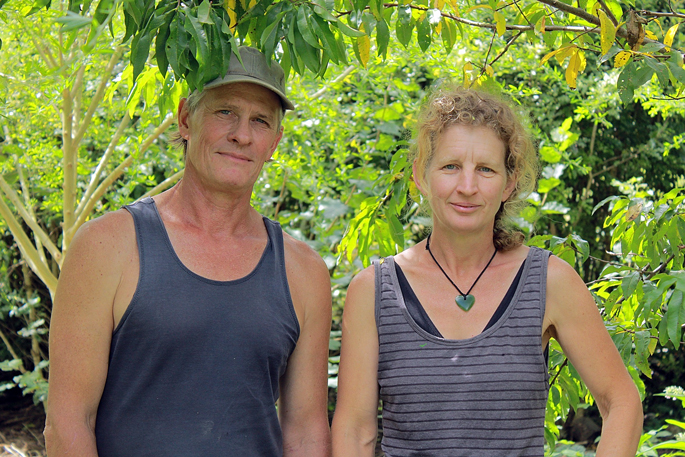
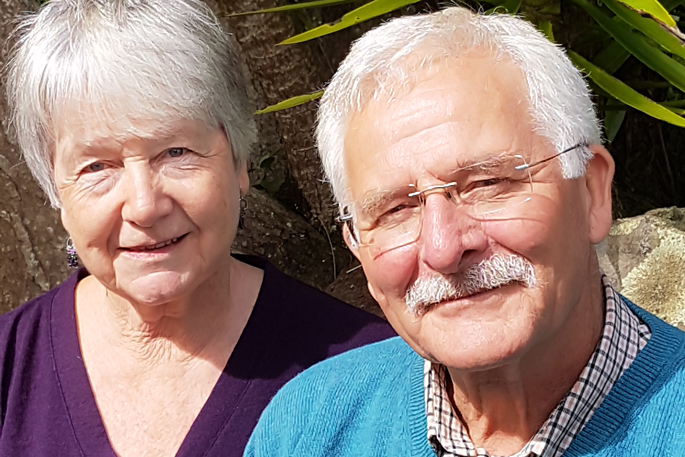
0 Comments
Leave a Comment